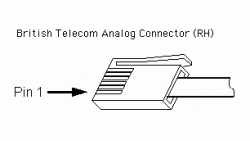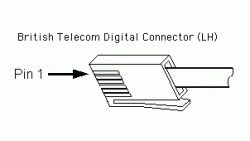Menu
Shop
- Engineering
- Arduino
- Using Vernier Sensors with Arduino Guide
- About Vernier Sensors: Analog (BTA) and Digital (BTD)
About Vernier Sensors: Analog (BTA) and Digital (BTD)
Compatibility
It should be noted that Vernier offers a wide array of sensor types, but this tutorial applies specifically to Standard sensors only (those with BTA or BTD connectors). Go Direct®, USB, and Wireless sensors are not addressed in this tutorial.
Standard Vernier sensors come in two basic types:
Analog Sensors (BTA)
Standard analog (BTA) sensors require a 5-volt source and produce a voltage that can assume any possible value between 0 and 5 volts. You can use the Arduino to provide the source and measure this voltage. Most Vernier sensors, including temperature, force, light, and sound, are analog sensors. Analog sensors have a 6-pin BTA connector.
Digital Sensors (BTD)
Standard digital (BTD) sensors require a 5-volt source and produce a signal that is either HIGH (5 volts) or LOW (0 volts). For these sensors, we use a BTD connector, also with 6 pins, but with the tab on the opposite side. The Vernier Motion Detector, Photogate, and Rotary Motion Sensor are examples of digital sensors.
Sensor Pinouts
The pinout specifications for both connectors are described in our sensor pinout diagram. Note that we identify the pins by number with Pin #1 being the farthest from the tab. The BTA and BTD connectors will not plug into the same socket.

Analog Sensors
- Pin 1 = Sensor output (+/-10V)
- Pin 2 = GND
- Pin 3 = Vres (resistance reference)
- Pin 4 = AutoIDENT
- Pin 5 = Power (+5VDC)
- Pin 6 = Sensor output (0-5V)

Digital Sensors
- Pin 1 = DIO0
- Pin 2 = DIO1
- Pin 3 = DIO2
- Pin 4 = Power (+5.3V)
- Pin 5 = GND
- Pin 6 = DIO3
Arduino® and

are trademarks of Arduino SA.
